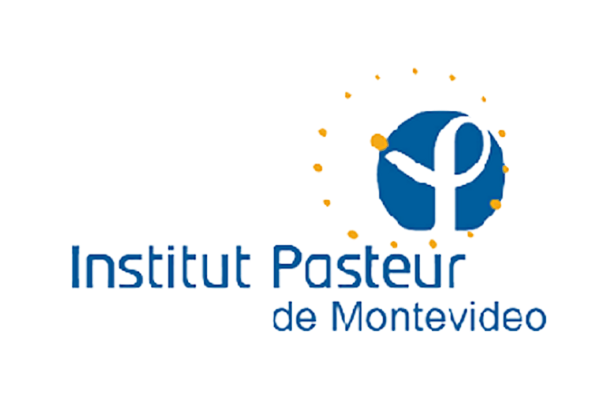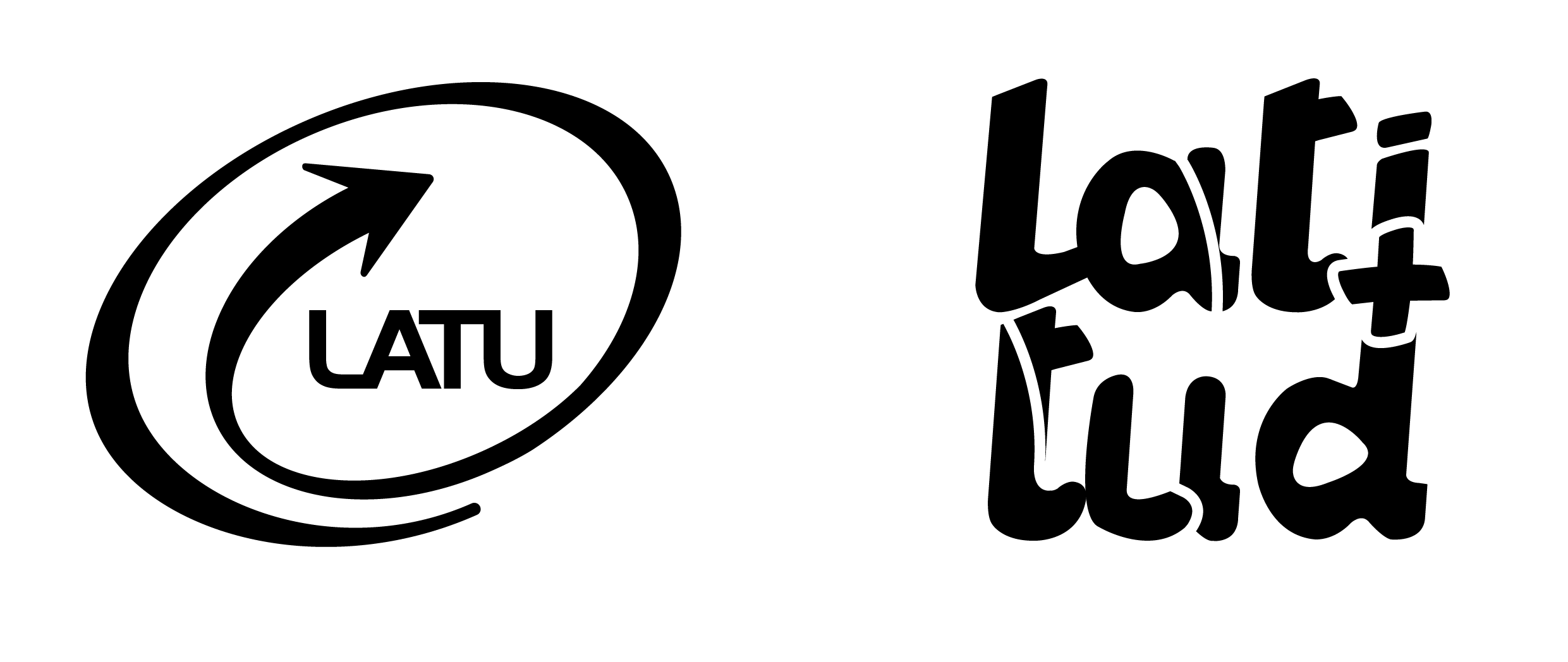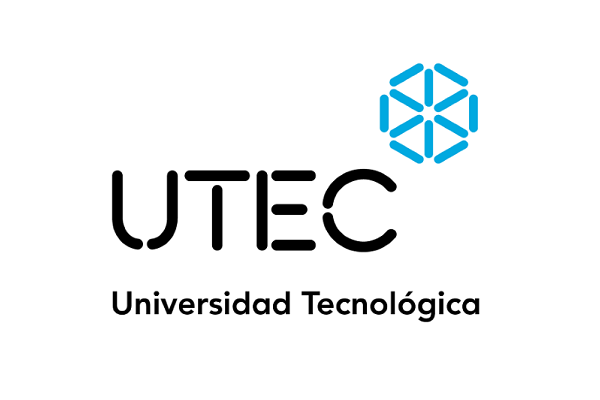vtRNA2-1/nc886 produces a small RNA that contributes to its tumor suppression action through the microRNA pathway in prostate cancer
Resumen:
vtRNA2-1 is a vault RNA initially classified as microRNA precursor hsa-mir-886 and recently proposed as “nc886”, a new type of non-coding RNA involved in cancer progression acting as an oncogene and tumor suppressor gene in different tissues. We have shown that vtRNA2-1/nc886 is epigenetically repressed in neoplastic cells, increasing cell proliferation and invasion in prostate tissue. Here we investigate the ability of vtRNA2-1/nc886 to produce small-RNAs and their biological effect in prostate cells. The interrogation of public small-RNA transcriptomes of prostate and other tissues uncovered two small RNAs, snc886-3p and snc886-5p, derived from vtRNA2-1/nc886 (previously hsa-miR-886-3p and hsa-miR-886-5p). Re-analysis of PAR-CLIP and knockout of microRNA biogenesis enzymes data showed that these small RNAs are products of DICER, independent of DROSHA, and associate with Argonaute proteins, satisfying microRNA attributes. In addition, the overexpression of snc886-3p provokes the downregulation of mRNAs bearing sequences complementary to its “seed” in their 3′-UTRs. Microarray and in vitro functional assays in DU145, LNCaP and PC3 cell lines revealed that snc886-3p reduced cell cycle progression and increases apoptosis, like its precursor vtRNA2-1/nc886. Finally, we found a list of direct candidate targets genes of snc886-3p upregulated and associated with disease condition and progression in PRAD-TCGA data. Overall, our findings suggest that vtRNA2-1/nc886 and its processed product snc886-3p are synthesized in prostate cells, exerting a tumor suppressor action
| 2020 | |
|
vault RNA vtRNA2-1 nc886 hsa-miR-886-3p Cancer Prostate small RNA microRNA TCGA PRAD |
|
| Inglés | |
| Universidad de la República | |
| COLIBRI | |
| https://hdl.handle.net/20.500.12008/32305 | |
| Acceso abierto | |
| Licencia Creative Commons Atribución (CC - By 4.0) |












